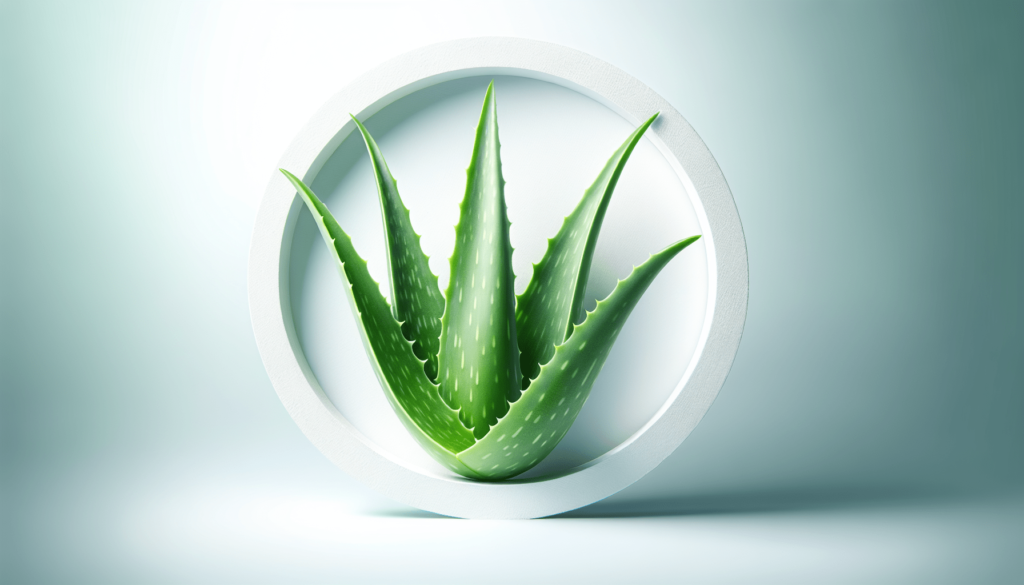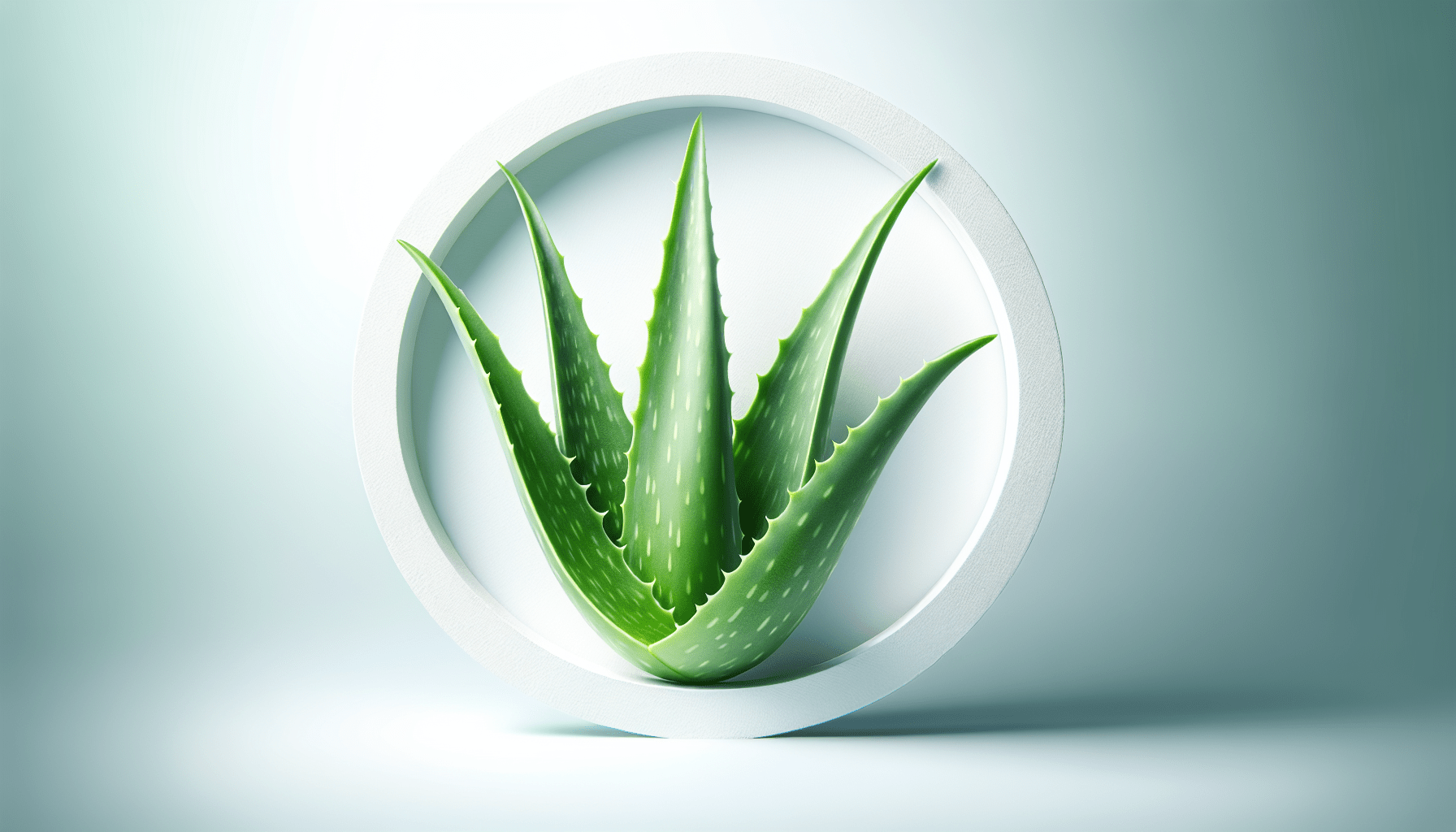Dealing with allergy-induced redness can be quite frustrating, but there are effective ways to alleviate this common issue. In “Top Ways To Treat Allergy-Induced Redness,” you’ll discover practical and soothing remedies to help calm your skin and reduce inflammation. By following these expert tips and solutions, you’ll find yourself feeling more comfortable and confident in no time. Have you ever experienced the frustration of red, irritated skin caused by allergies? If you have, you’re not alone. Allergy-induced redness is a common dilemma faced by many, and it can take a toll on your confidence and comfort levels. The good news? There are effective ways to manage and treat this redness, and we’re going to dive into them right here. So, let’s explore the top ways to treat allergy-induced redness together.
Understanding Allergy-Induced Redness
Before you jump into treatment solutions, it’s essential to comprehend what allergy-induced redness is and what causes it. This will arm you with the knowledge to tackle the issue more effectively.
What is Allergy-Induced Redness?
Allergy-induced redness is an inflammatory response that your body exhibits when it comes into contact with an allergen. This could be anything from pollen, dust mites, pet dander, certain foods, or chemicals in skincare products. The redness can appear anywhere on your body but is most commonly seen on your face, neck, and arms.
Why Does This Redness Occur?
Your immune system sometimes mistakes harmless substances (allergens) for threats, prompting an inflammatory reaction. This results in an increase in blood flow to the affected area, causing redness, swelling, and discomfort.
Common Symptoms Accompanying Redness
Recognizing the symptoms that accompany allergy-induced redness can help you identify it promptly. Here are a few to watch out for:
- Itchiness
- Swelling
- Dry or flaky skin
- Heat in the affected area
- Raised red bumps
Knowing these symptoms can assist you in accurately pinpointing when you’re dealing with allergy-induced redness.
Top Ways To Treat Allergy-Induced Redness
Now that you have a good grasp of what you’re dealing with, let’s delve into the various methods to treat and alleviate allergy-induced redness.
1. Avoidance of Known Allergens
The first line of defense is steering clear of known allergens. Identifying and avoiding the cause can significantly reduce the frequency and severity of your symptoms.
How to Identify Allergens
Identifying allergens might require some detective work. Here are some steps you can take:
- Keep a Diary: Jot down when and where your symptoms worsen. Note the environment, any new foods consumed, or products used.
- Allergy Testing: Consult with a healthcare provider. They may recommend skin tests or blood tests to pinpoint specific allergens.
- Elimination Diet: If you suspect food allergies, try an elimination diet to identify which foods might be causing the reaction.
2. Over-the-Counter (OTC) Antihistamines
Antihistamines can be your best friend when it comes to tackling allergy-induced redness. These medications counteract the effect of histamines, which are chemicals your body releases during an allergic reaction.
Popular OTC Antihistamines
There are several OTC antihistamines available that can provide relief:
| Product Name | Active Ingredient | Duration (in hours) | Drowsiness Level |
|---|---|---|---|
| Benadryl | Diphenhydramine | 4-6 | High |
| Claritin | Loratadine | 24 | Low |
| Zyrtec | Cetirizine | 24 | Moderate |
| Allegra | Fexofenadine | 24 | Low |
Ensure you follow the dosage instructions on the packaging or consult a healthcare provider for the right choice and dosage for you.
3. Topical Corticosteroids
Topical corticosteroids are creams and ointments that help reduce inflammation. They’re particularly beneficial for localized redness and swelling.
Types of Topical Corticosteroids
Topical corticosteroids vary in strength, and it’s crucial to select the right one:
| Strength | OTC or Prescription | Example Products |
|---|---|---|
| Mild | OTC | Hydrocortisone cream |
| Moderate | Prescription | Betamethasone valerate |
| Strong | Prescription | Clobetasol propionate |
Always consult a healthcare provider before starting a corticosteroid, especially for long-term use, to avoid potential side effects.
4. Cold Compresses
Cold compresses can offer temporary relief by constricting blood vessels, thereby reducing redness and swelling.
How to Use a Cold Compress
- Prepare: Wrap a few ice cubes in a cloth or use a store-bought cold pack.
- Application: Gently press the compress against the red area for about 10-15 minutes.
- Frequency: Repeat several times a day as needed.
This method is particularly effective for immediate relief in acute situations.
5. Moisturization
Keeping your skin well-hydrated can prevent dryness and flakiness, which often accompany redness.
Best Moisturizers for Sensitive Skin
| Product Name | Key Ingredients | Hypoallergenic | Fragrance-Free |
|---|---|---|---|
| Cetaphil Moisturizing Cream | Glycerin, Petrolatum | Yes | Yes |
| Aveeno Eczema Therapy | Colloidal Oatmeal | Yes | Yes |
| CeraVe Moisturizing Lotion | Ceramides, Hyaluronic Acid | Yes | Yes |
Opt for products that are designed for sensitive skin to minimize the risk of further irritation.
6. Natural Remedies
Natural remedies can also be effective and are often gentler on your skin.
Common Natural Remedies
Here are some widely-trusted natural remedies:
- Aloe Vera: Known for its soothing and anti-inflammatory properties.
- Chamomile Tea Compress: Can reduce redness and swelling.
- Oatmeal Baths: Beneficial for widespread redness and itchiness.
While natural remedies can be helpful, it’s always best to do a patch test to ensure you’re not sensitive to the ingredient.
7. Hydration and Diet
What you consume can affect your skin’s health. Staying hydrated and maintaining a balanced diet can contribute to overall skin wellness.
Foods that Promote Skin Health
| Food Category | Examples | Benefits |
|---|---|---|
| Antioxidant-rich | Berries, Spinach | Fights free-radical damage |
| Omega-3 Fatty Acids | Salmon, Flaxseeds | Reduces inflammation |
| Hydrating Foods | Cucumbers, Watermelon | Keeps skin hydrated |
| Probiotics | Yogurt, Kefir | Promotes gut health, which in turn aids skin health |
Remember to always drink plenty of water and limit your intake of caffeine and alcohol, which can dehydrate the skin.
8. Prescription Medications
In severe cases, OTC options may not suffice, and you might need prescription medications.
Commonly Prescribed Options
- Oral Corticosteroids: For severe inflammation and redness.
- Immunosuppressants: For chronic allergy-induced skin issues.
- Biologic Medications: Target specific parts of the immune system.
It’s crucial to follow your healthcare provider’s advice when using these medications, as they can have significant side effects.
9. Consult a Dermatologist
If your redness persists or worsens despite trying various treatments, it might be time to see a dermatologist.
What to Expect in a Dermatology Visit
- Medical History: The dermatologist will take a detailed history of your symptoms.
- Examination: A thorough examination of your skin will be done.
- Tests: You may undergo patch testing or other diagnostic tests to identify the exact allergen.
- Treatment Plan: Based on the findings, a tailored treatment plan will be provided, which may include prescription medications, skincare recommendations, and lifestyle adjustments.
10. Reducing Stress
Believe it or not, stress can exacerbate allergy-induced redness. Managing stress levels can make a significant difference in your skin’s condition.
Effective Stress Management Techniques
- Mindfulness and Meditation: Helps calm the mind and reduce stress hormones.
- Exercise: Regular physical activity can lower stress levels.
- Adequate Sleep: Ensure you get at least 7-8 hours of sleep per night.
- Hobbies: Engage in activities that bring you joy and relaxation.
Incorporating these stress-reducing activities into your daily routine can promote overall well-being and potentially ease your skin issues.

Long-Term Management Tips
Managing allergy-induced redness isn’t just about immediate treatment. Long-term strategies can help keep your skin calm and clear.
Develop a Skincare Routine
A consistent, gentle skincare routine can do wonders for your skin.
- Cleanse: Use a mild, fragrance-free cleanser to wash your face twice daily.
- Moisturize: Apply a suitable moisturizer for sensitive skin immediately after cleansing.
- Protect: Use sunscreen every day to protect your skin from UV radiation, which can exacerbate redness.
Regular Health Check-ups
Regular health check-ups can help keep your skin and overall health in check. Make sure to inform your healthcare provider about any persistent issues so that they can intervene early if necessary.
Keep an Allergy Emergency Kit
Having a kit with essential medications can provide quick relief during an allergy flare-up.
Suggested Items for Your Kit
- Antihistamines (e.g., Benadryl)
- Hydrocortisone cream
- Cold packs
- Moisturizer
- EpiPen (if prescribed)
This kit can be a lifesaver, especially when you’re on the go.
Conclusion
Dealing with allergy-induced redness can be exasperating, but with the right strategies, you can manage it effectively. From avoiding known allergens and utilizing OTC antihistamines, to consulting a dermatologist and developing a consistent skincare routine, there are many ways to combat and alleviate this condition. Remember, you’re not alone in this, and help is available. Take the steps outlined here, and you’ll be well on your way to clearer, healthier skin.
Feel free to revisit this guide whenever you need a refresher. You’ve got this!

